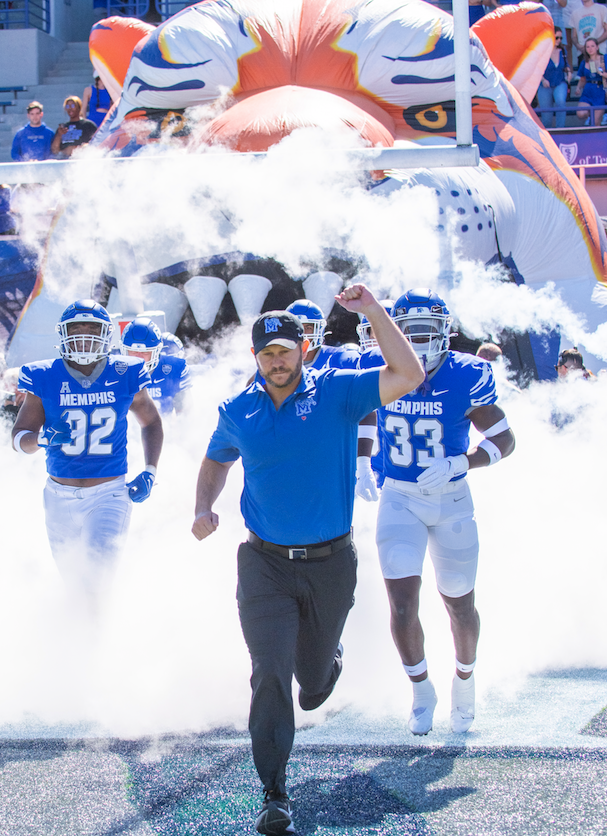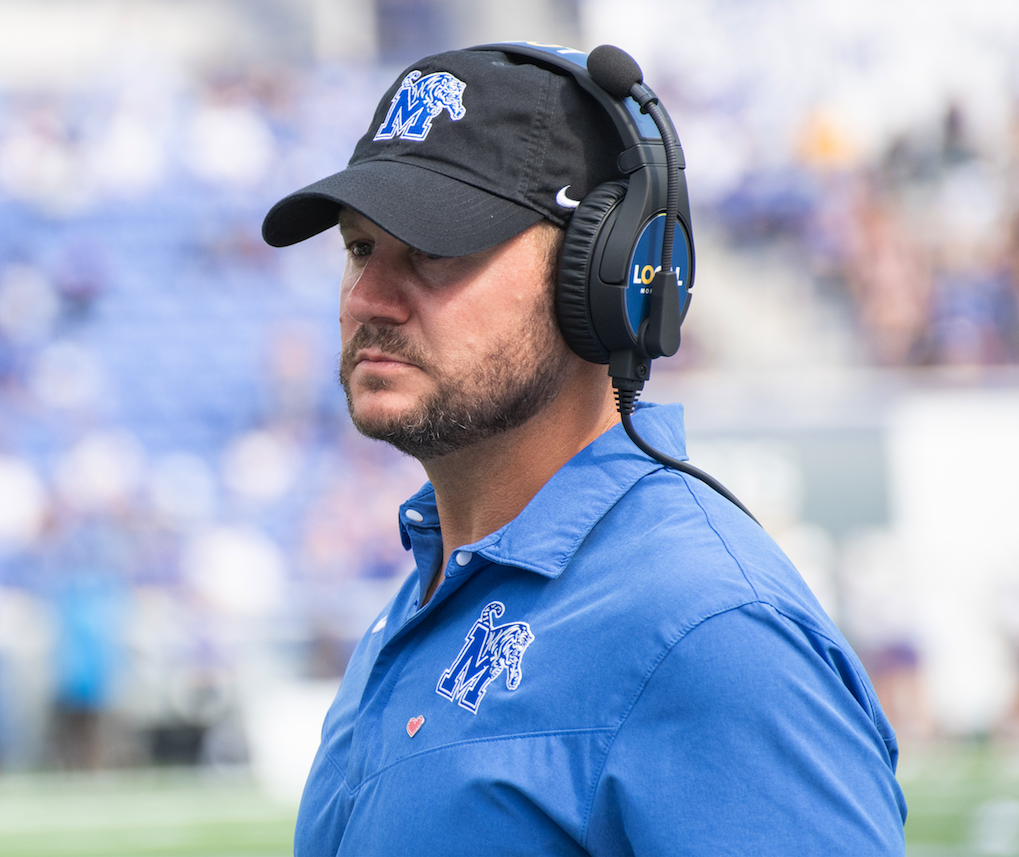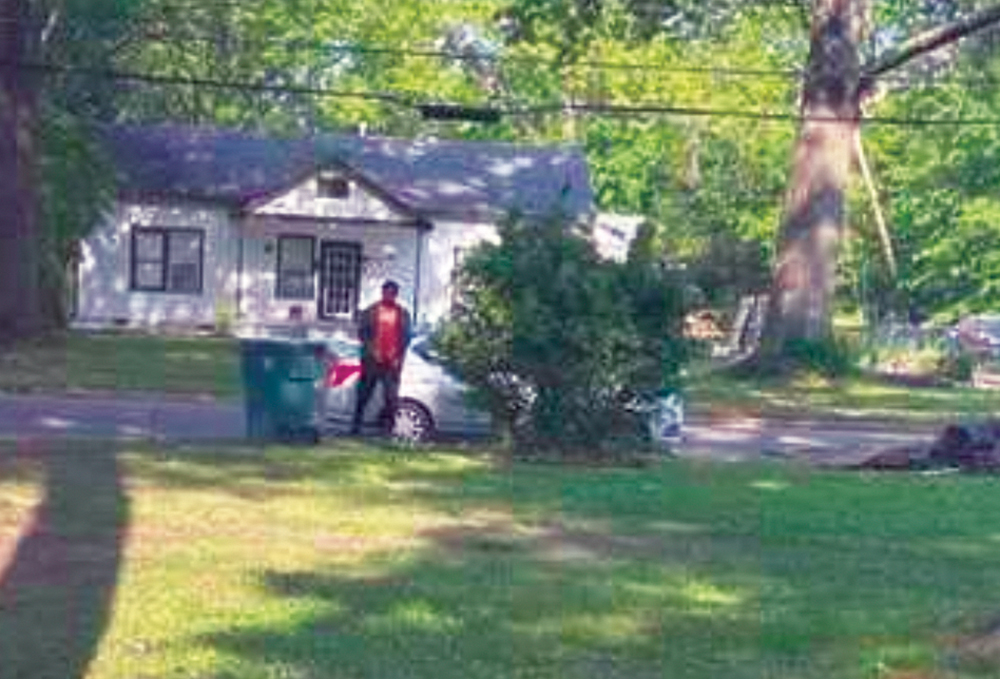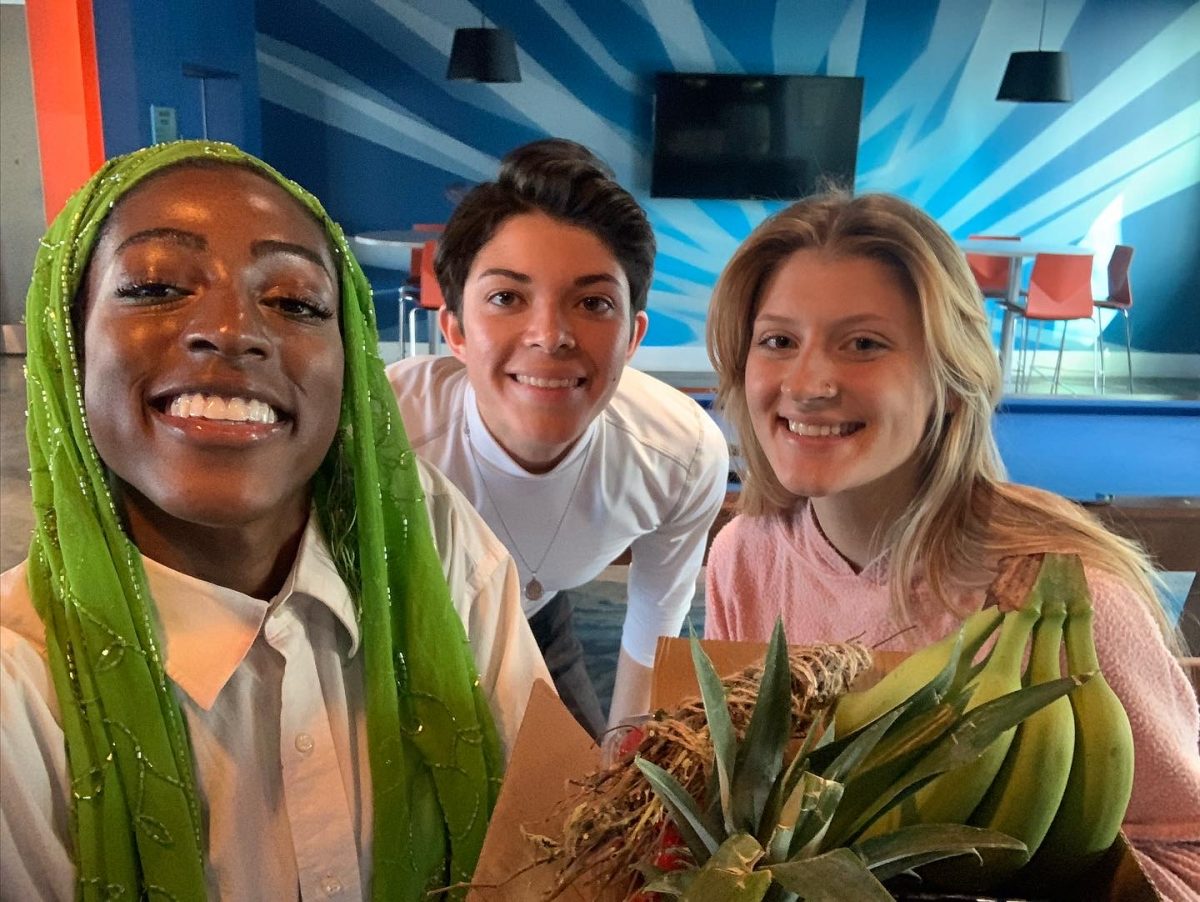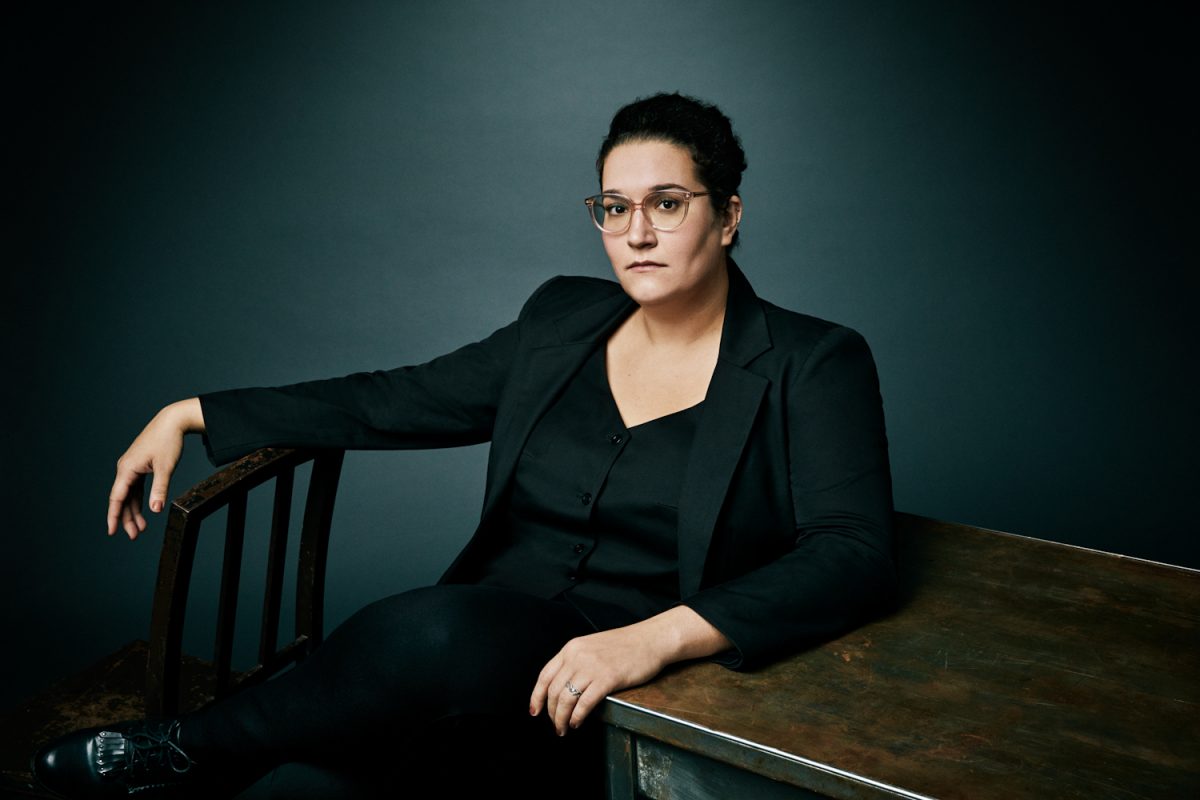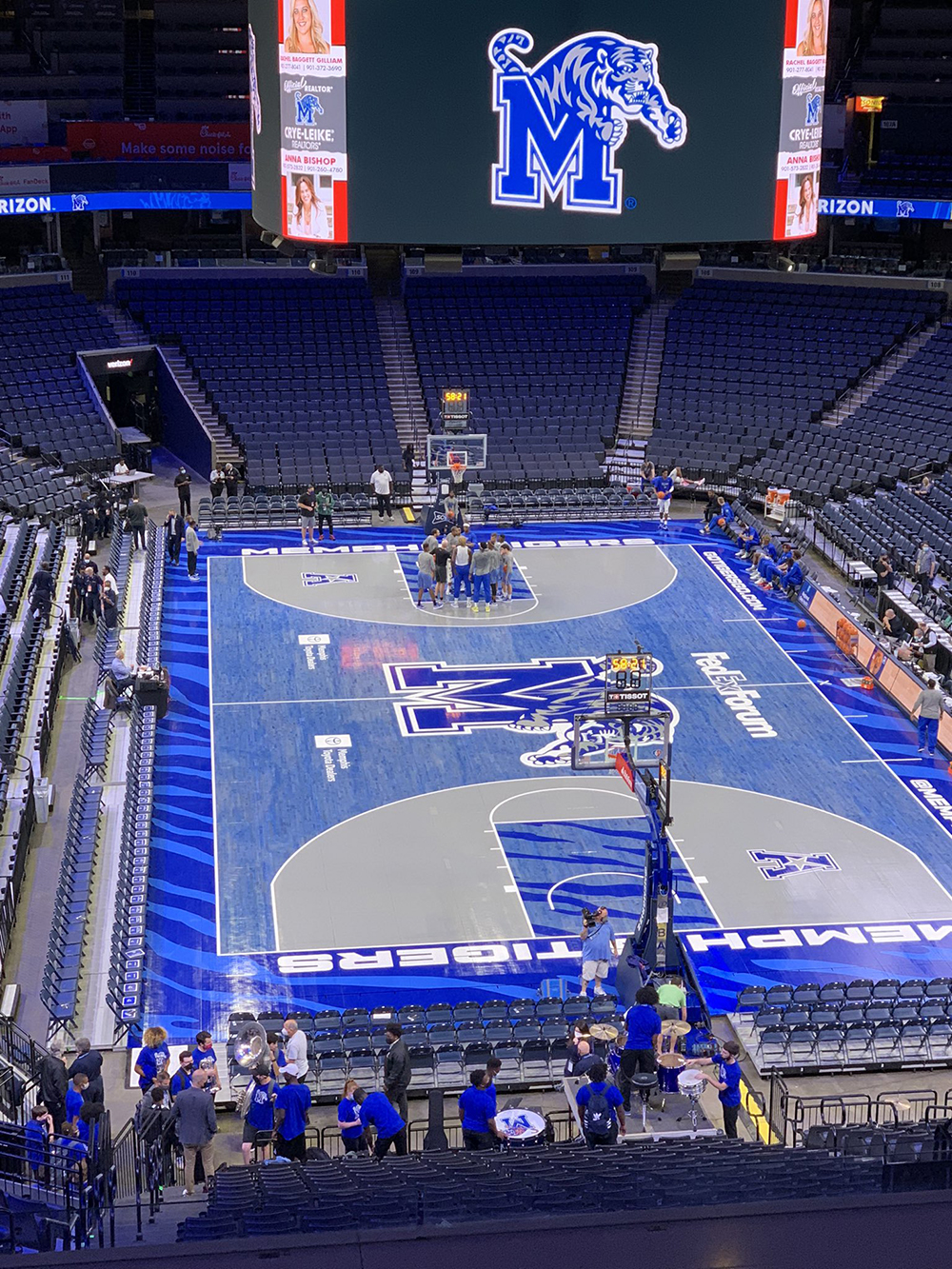• A remarkable streak will come to an end this season for the University of Memphis football program. Every season since 2016 (so six straight, through the 2021 campaign), the Tigers featured either a 1,000-yard rusher or a receiver with 1,000 yards through the air. The streak began with Anthony Miller hauling in 1,434 yards worth of receptions in 2016, and will end with Calvin Austin’s total (1,149 yards) last year. Even more astounding, in three of these seasons (2017-19), the Tigers had both a runner and receiver top 1,000 yards. Prior to this epic statistical era, the program record for such a streak was three (DeAngelo Williams’ three 1,000-yard rushing seasons from 2003 to 2005). Before the streak began, Memphis had only had a single 1,000-yard season by a receiver (Isaac Bruce in 1993).
Entering this Saturday’s game against North Alabama, Asa Martin leads Memphis with 331 rushing yards. Tight end Caden Prieskorn tops Tiger receivers with 480 yards. The Memphis offense has become “committee” oriented, among the explanations for the team’s 5-5 record. Stars win football games. They also draw fans.
• It’s hard to celebrate punters. In 2013, Tom Hornsey won the Ray Guy Award and first-team All-America honors as he shattered punting records for Memphis, but the team finished 3-9 for a sixth consecutive losing season. Fans don’t stand up and cheer when their punter trots onto the field. (They actually do the opposite.) A punter’s “success” is dripping with irony.
But it’s time we acknowledge the season Memphis punter Joe Doyle is having. The senior is second in the entire country with an average of 47.3 yards per punt, a figure that would break (barely) the Tiger record of 47.2, set by Spencer Smith in 2015. Better yet, 12 of Doyle’s 40 punts have pinned the Tigers’ opponent inside their own 20-yard line. And that’s where punters earn their trophies. A booming leg is one thing, and a cloud-seeking football can be fun to watch in flight. But can a punter “flip the field” when a team’s offense stalls? Joe Doyle can.
• The late Danton Barto will be saluted Saturday when his jersey number (59) becomes the seventh to be retired by the Memphis program. Barto’s Tiger record for career tackles (273) hasn’t been approached since he played his last game in 1993. He’ll join John Bramlett and Charles Greenhill as the only defensive players to receive the program’s ultimate honor, and he’s only the third Tiger to have played since 1990 and get his jersey retired (along with Isaac Bruce and DeAngelo Williams).
The Tigers will also salute a departing group of seniors, players who have enjoyed a level of success Barto didn’t. How many fans will be at Simmons Bank Liberty Stadium to applaud these past and present Tiger heroes? A visit from an FCS opponent (North Alabama) the week before Thanksgiving is not a recipe for a large crowd, and Memphis has yet to see 30,000 fans in the stadium this season. Perhaps a 1 p.m. kickoff will help, but it will be chilly (forecast: low-40s), and won’t impact the standings in the American Athletic Conference. A sixth win, though, would clinch a ninth straight season of bowl eligibility for Memphis, an unprecedented run in these parts. It would be the kind of day that would fill Danton Barto with pride.
